Quote/s of the Day – 20 January
Our only “Mask”
“Do not let love and fidelity forsake you,
bind them around your neck,
write them on the tablet of your heart.
Then will you win favour and esteem
before God and human beings.
Trust in the LORD with all your heart,
on your own intelligence do not rely.
In all your ways be mindful of him,
and he will make straight your paths.”
Proverbs 3:3-6
“Whatever you do, do from the heart,
as for the Lord and not for others,
knowing that you will receive
from the Lord
the due payment of the inheritance;
be slaves of the Lord Christ.”
Colossians 3:23-24
“So then let us cast off the works of darkness
and put on the armour of light. …
But put on the Lord Jesus Christ
and make no provision
for the flesh, to gratify its desires.”
Romans 13:12,14
“He [Christ], protects their faith
and gives strength to believers,
in proportion to the TRUST,
that each man,
who receives that strength,
is willing to place in Him.”
St Cyprian of Carthage (c 200- c 258)
Bishop and Martyr, Father of the Church
“Remember God
more often
than you breathe!”
St Gregory of Nazianzen (330-390)
Father and Doctor of the Church
“… There is one Road
and one only,
well secured against all possibility
of going astray
and, this Road is provided
by One Who is Himself
both God and man.
As God, He is the Goal,
as man, He is the Way.”
St Augustine (354-430)
Bishop of Hippo
Father and Doctor of Grace
“Loving You, O God,
brings its own reward here on earth,
as well as the eternal reward of heaven.
By becoming mirrors of Your love,
by wearing the mask of Your likeness
and by allowing You to make us perfect,
we can know the joy of heaven,
even while we abide here on earth.”
William of St Thierry O.Cist (c 1075 – c 1148)
Cistercian Monk, Mystic, Theologian, Writer
“May He,
Who is the Track of the runners
and the Reward of the winners,
lead and guide you along it –
He, Christ Jesus!”
Bl Guerric of Igny O.Cist (c 1080-1157)
Cistercian Abbot
“Christ is both the way and the door.
Christ is the staircase and the vehicle …”
St Bonaventure (1221-1274)
Seraphic Doctor
“He who wishes for anything but Christ,
does not know what he wishes;
he who asks for anything but Christ,
does not know what he is asking;
he who works and not for Christ,
does not know what he is doing.”
St Philip Neri (1515-1595)
Transform me into Yourself
By St John Gabriel Perboyre (1802-1840) Martyr
O my Divine Saviour,
Transform me into Yourself.
May my hands be the hands of Jesus.
Grant that every faculty of my body
May serve only to glorify You.
Above all,
Transform my soul and all it’s powers
So that my memory, will and affection
May be the memory, will and affections
Of Jesus.
I pray You
To destroy in me all that is not of You.
Grant that I may live
but in You, by You and for You,
So that I may truly say, with Saint Paul,
“I live – now not I – But Christ lives in me.
Amen


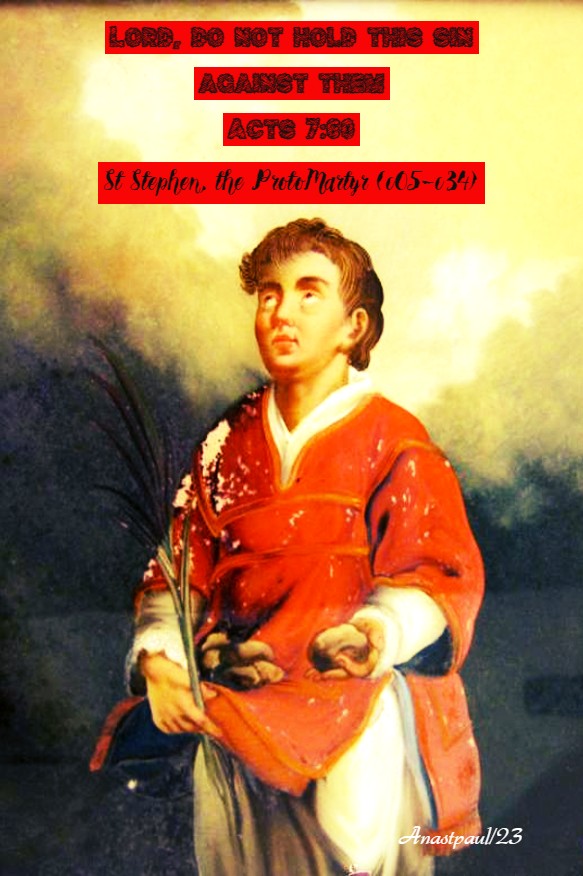

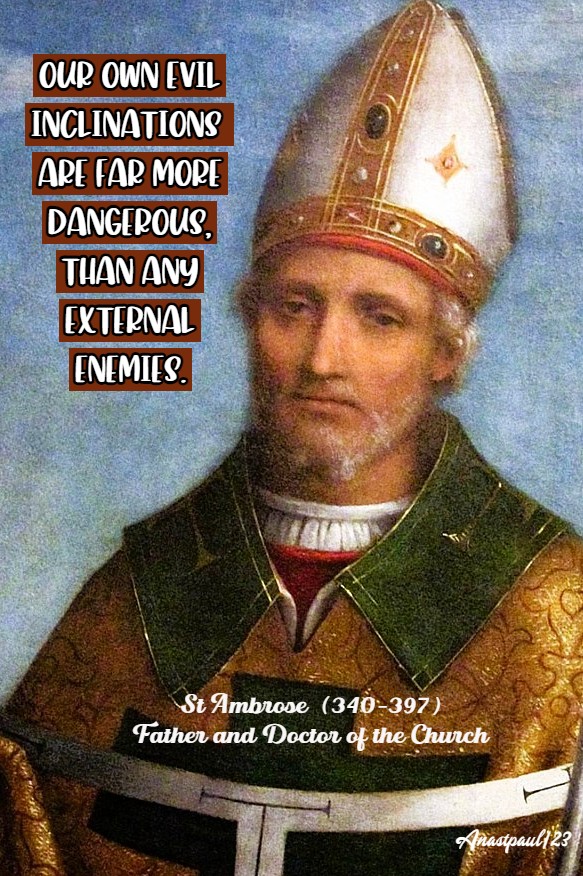
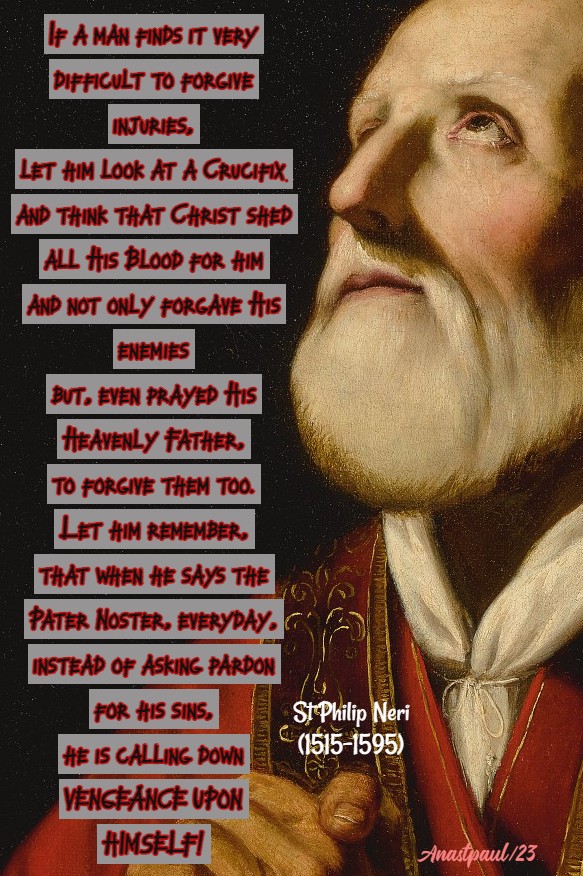
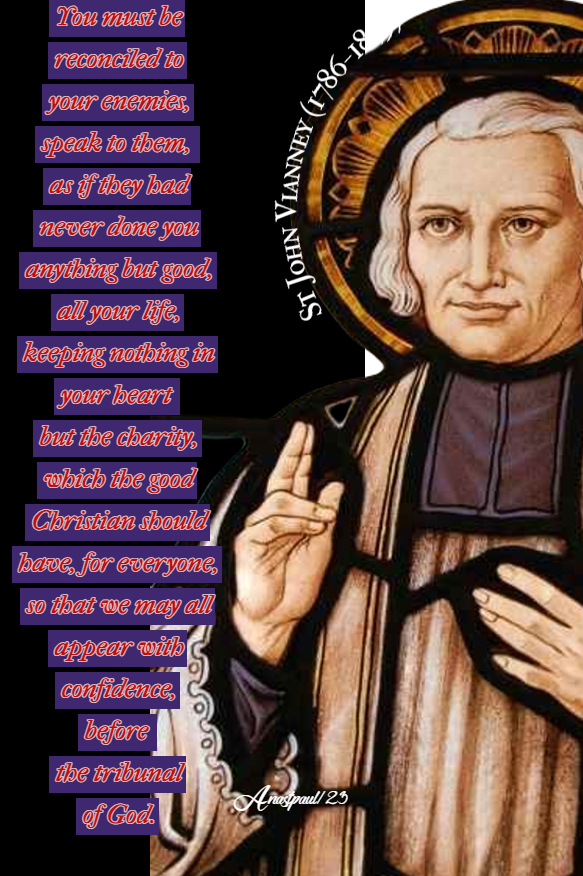

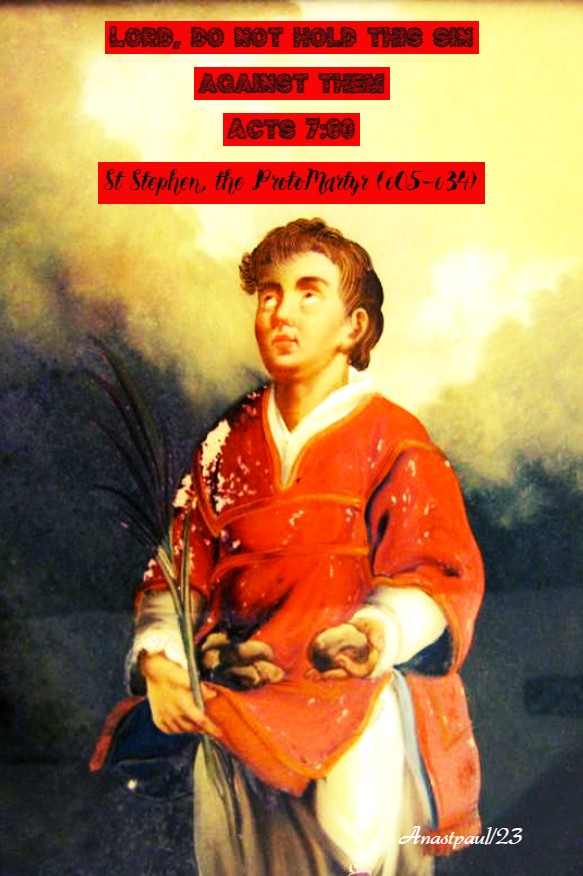

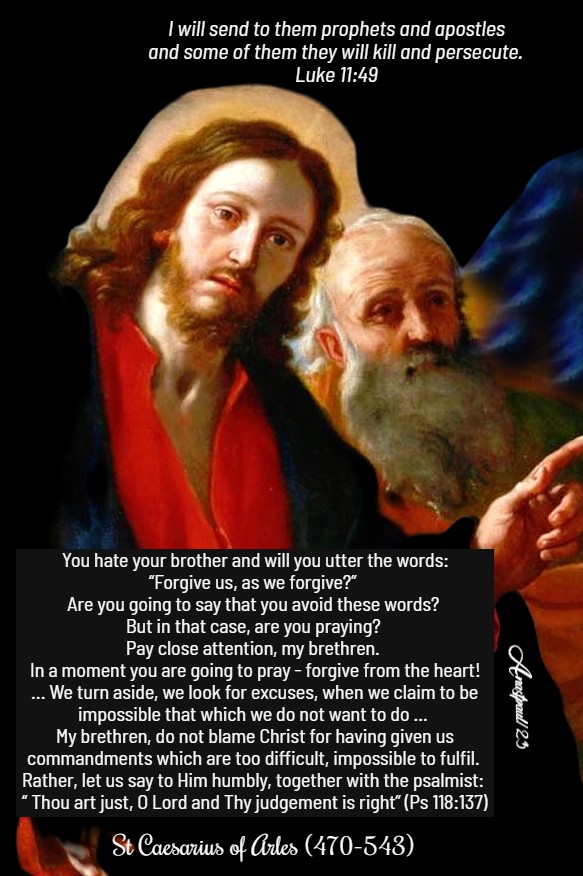



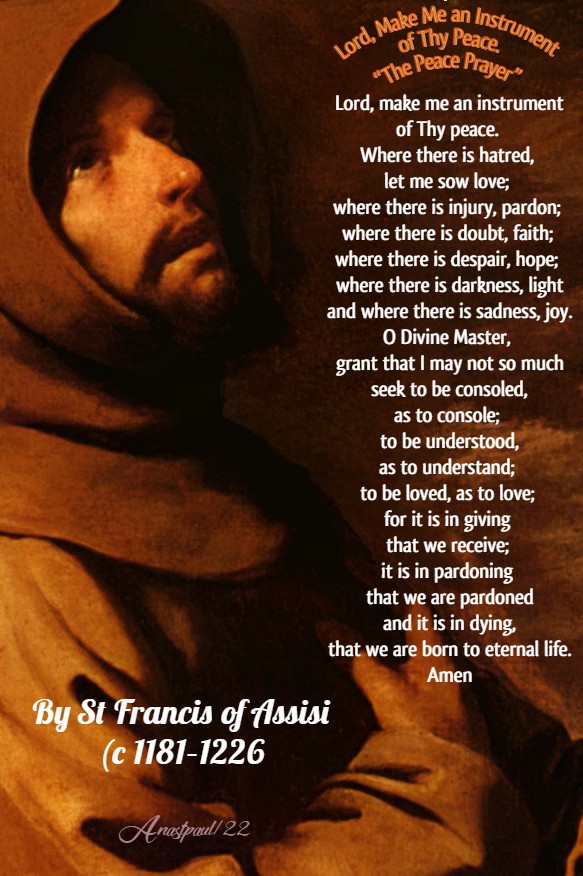



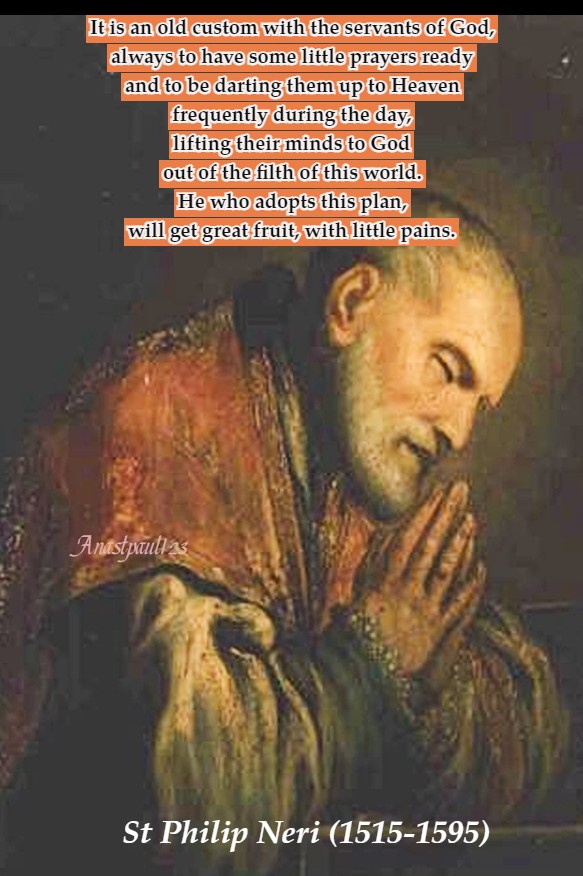

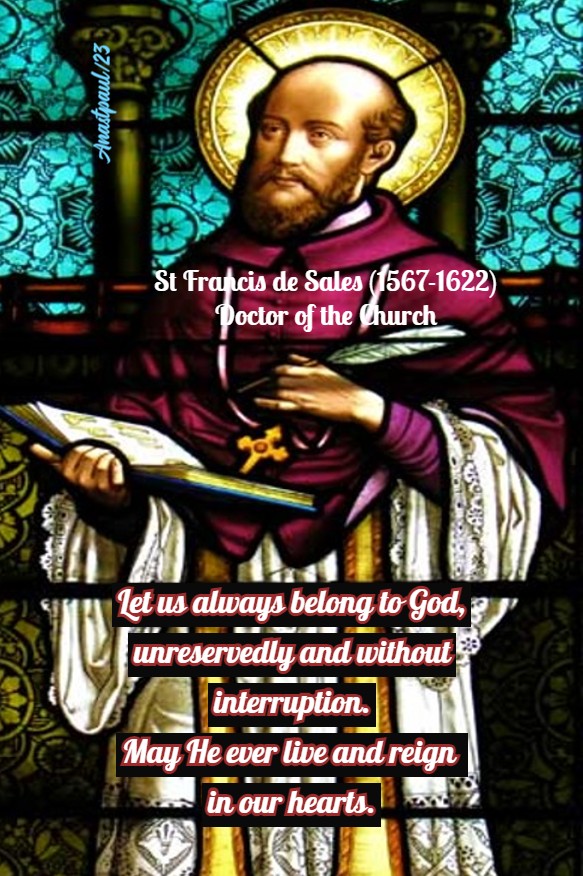























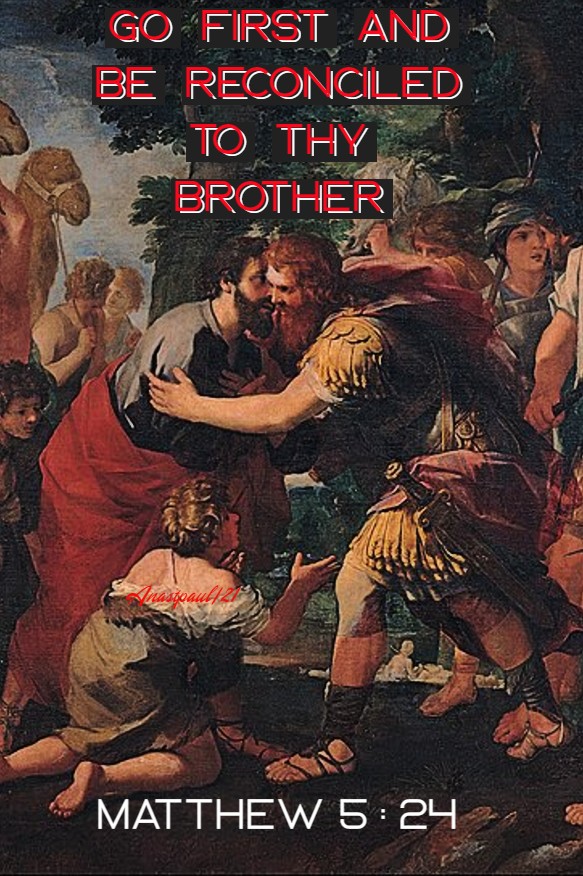



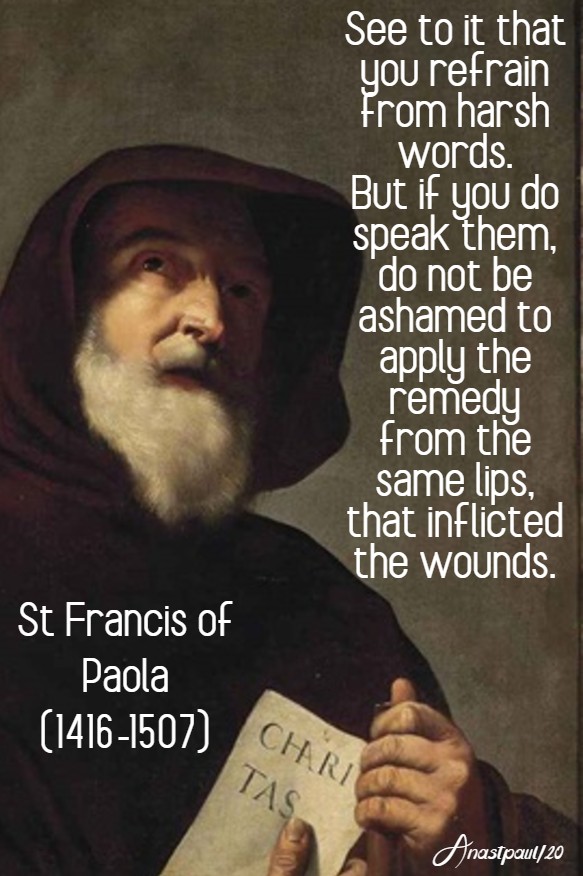









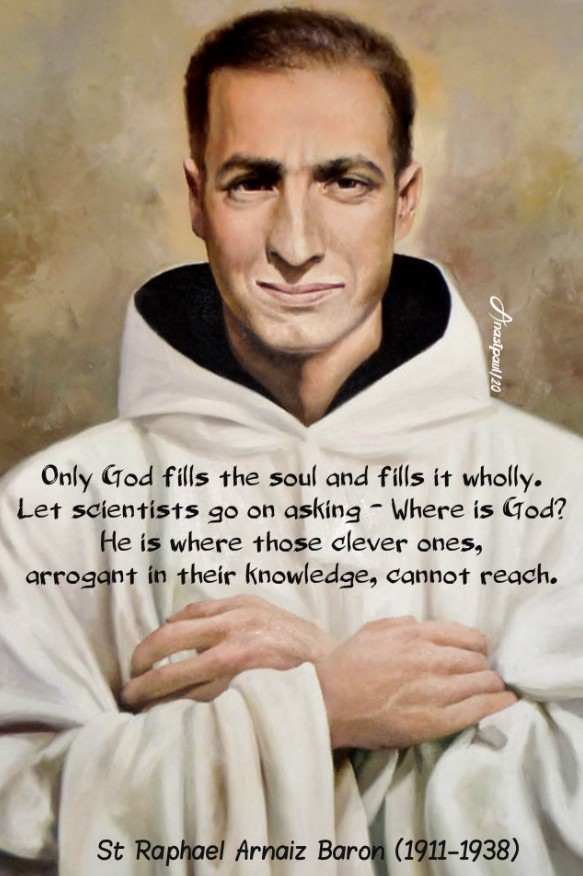










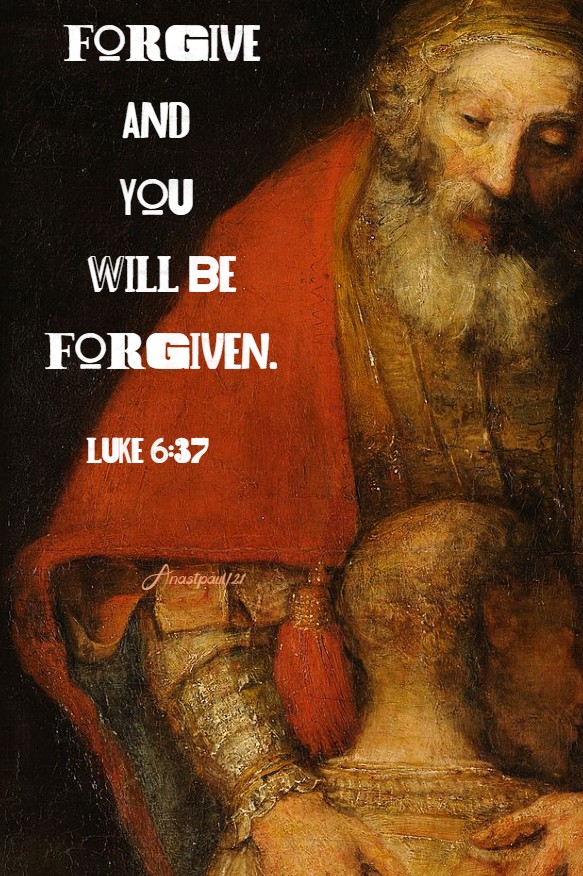

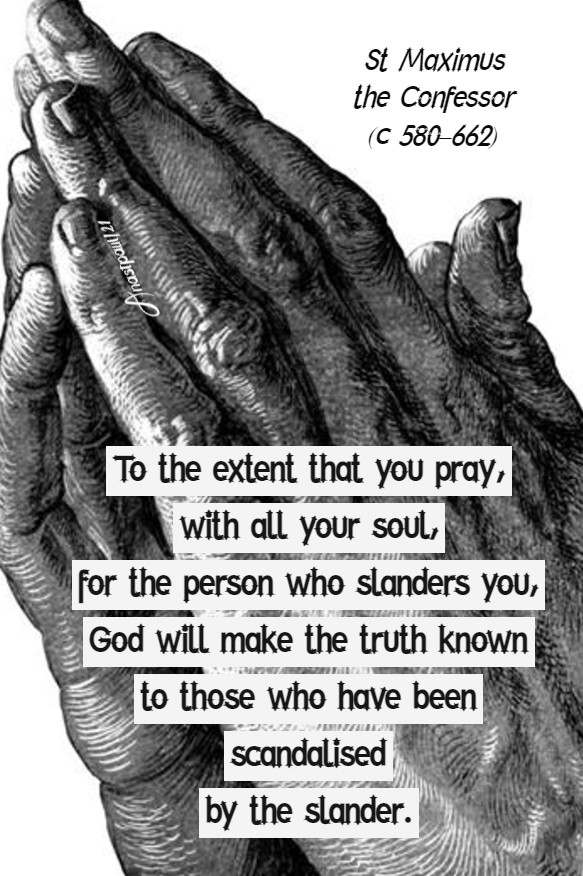












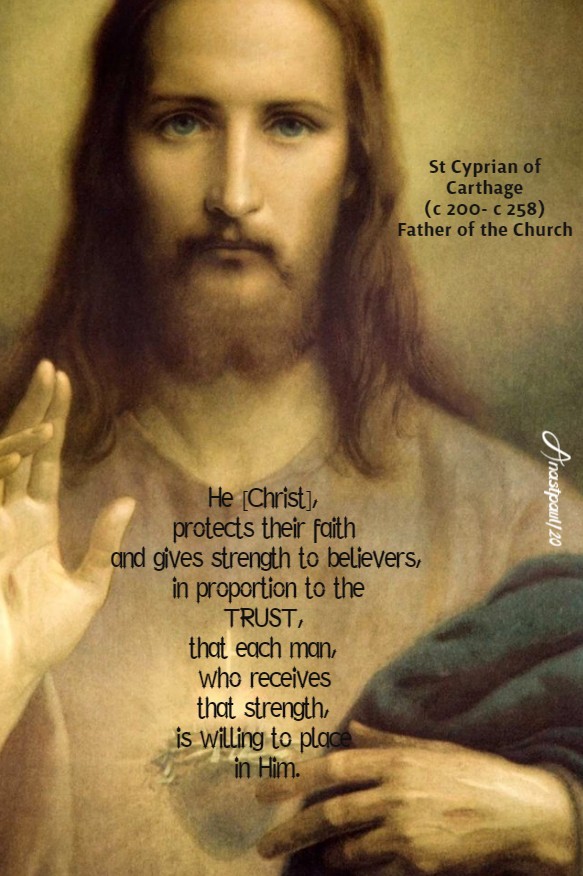









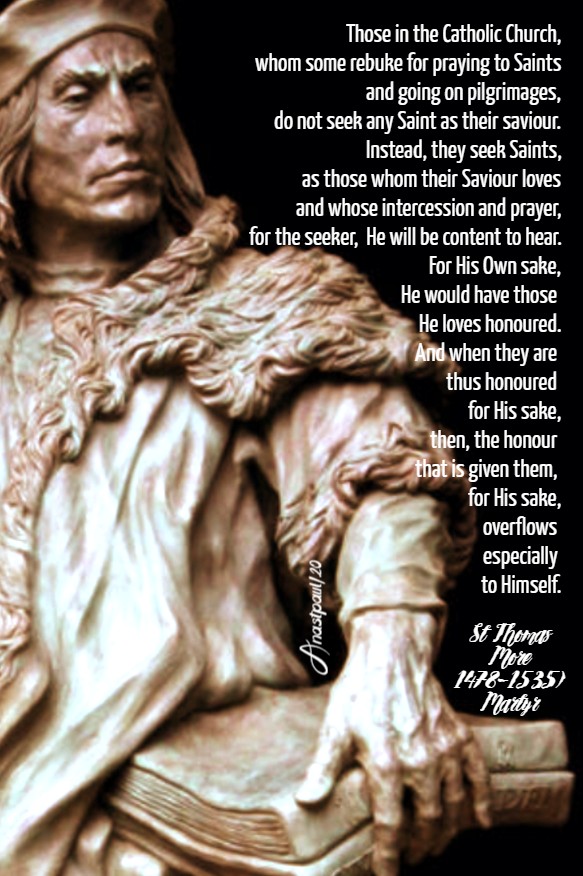












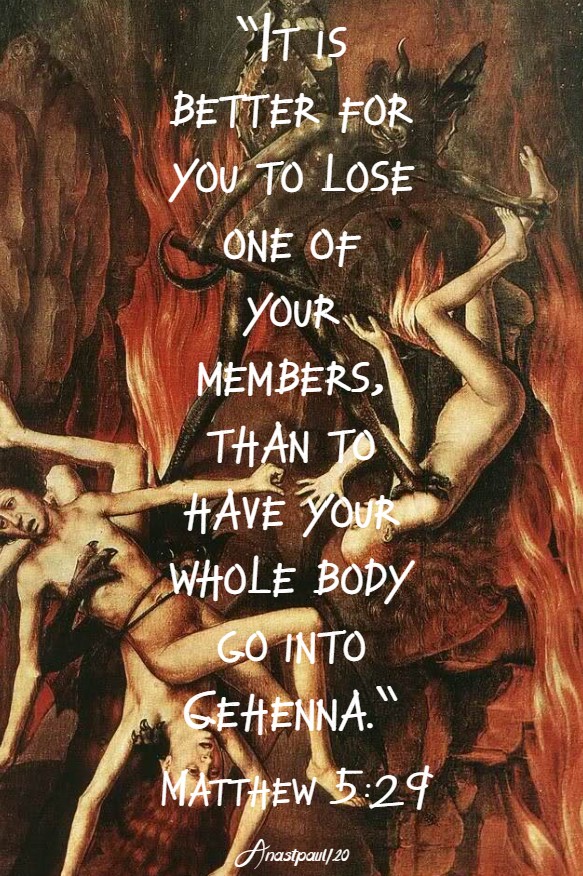

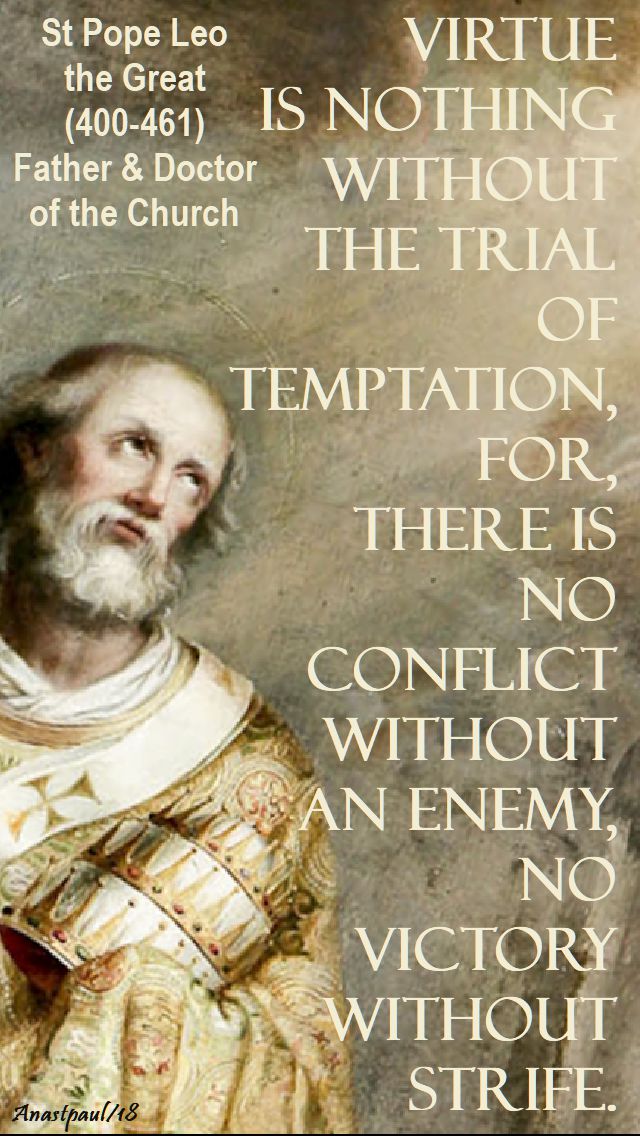







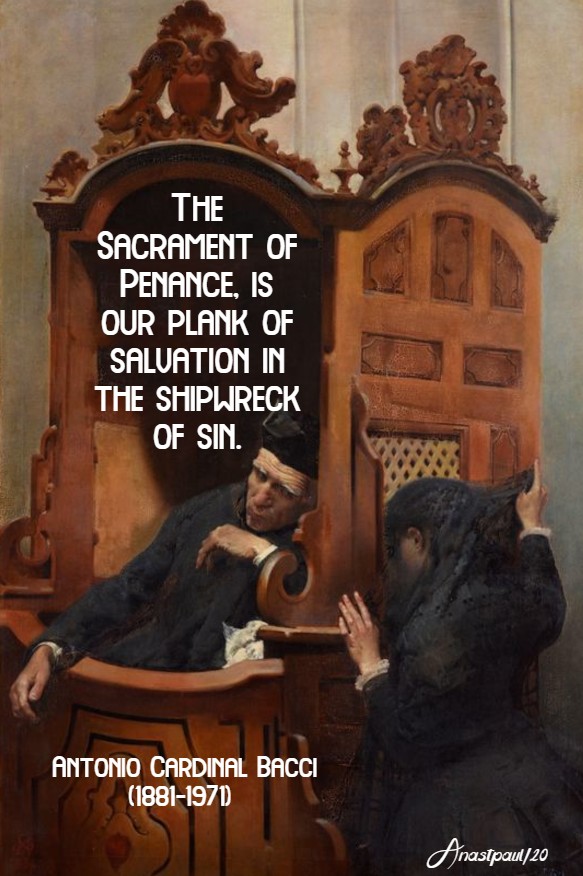








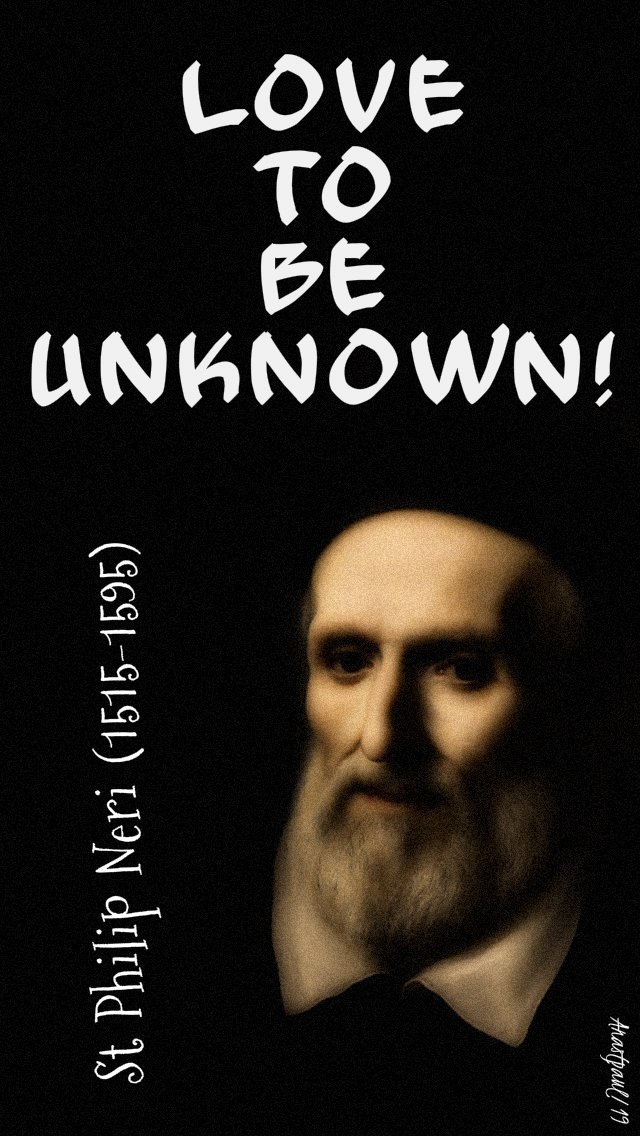









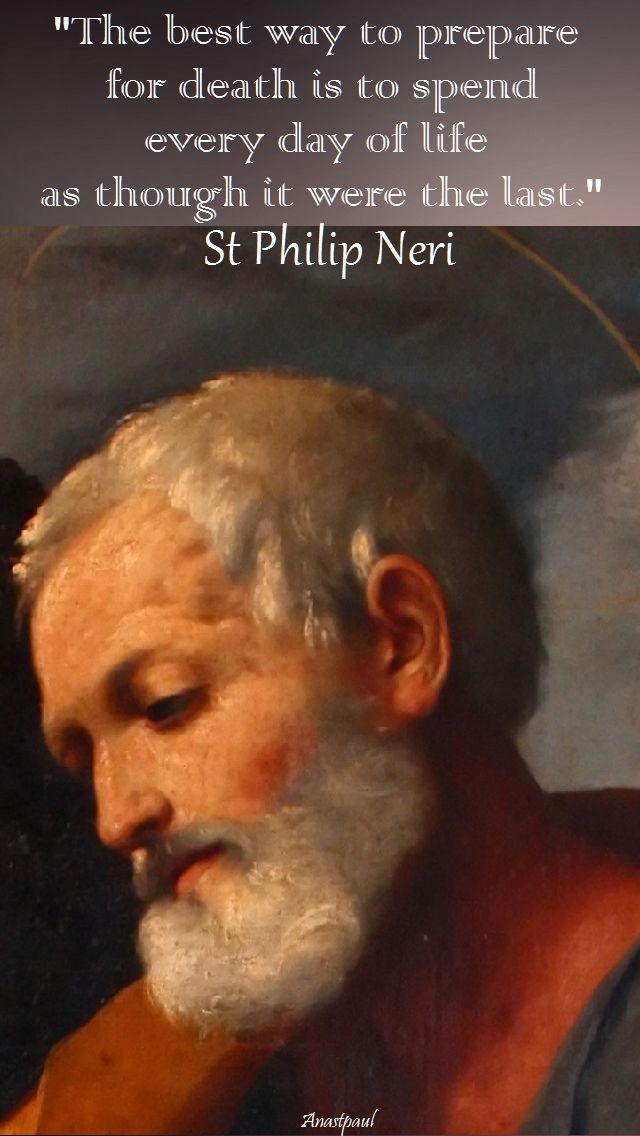


You must be logged in to post a comment.